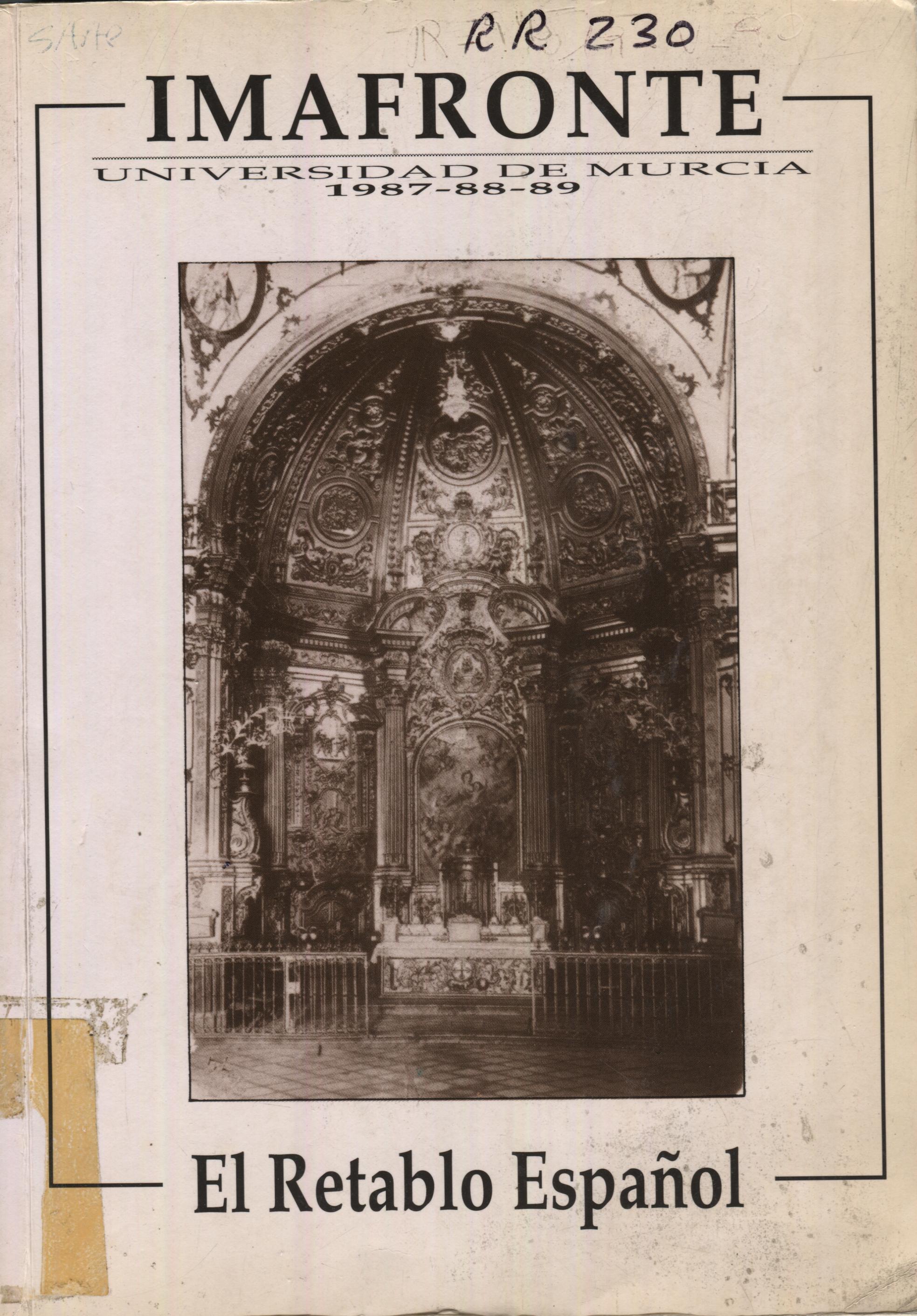EL ENSAMBLADOR JOSÉ DE MARGOTEDO EN LEÓN
Resumen
José de Margotedo. reable-maker native of the district of Trasmiera, has a main importance in the diocese of León. His work covers the whole second half of the XVIIIth century; he takes part in and draws design for altarpieces whether in the very city of León (where his workshop is located), the Alavian Rioja or rhe Princedom of Asturias. Ocassionally associated to Pedro de Alvarado and Manuel de Valladolid, he is going to create a type of reredos, quite common during the second half of the Spanish XVIIIth century, which is presided by big rwisred columns. These are the most permanent and defining element of lineage opened by the master, in the retable of the Cistercian monastery at Villaverde Sandoval. Frecuenly, Margoredo's retables combine the architecture in wood with painted canvas, the twisted column with a rich decoration of plant buds, gravepine leaves, shields, brickers, etc. lt stands out both the importance of the sacrarium (protagonist in Villacié's retables) and the progresive introduction of the transparent, which reveals the artistic's interest to approach the problem of the light. Though his works became of great importante (Santa Mana de Carrizo) or exercised a great influence outside his habitual area of action (the disappeared reredos of San Pelayo in Oviedo), his most significant work. and simultaneously witness of the retable-maker's prestige in León, was the main altarpiece in St. Isidore's Royal Basilica. Fire destroyed in 1811 what had to be, no doubt. one of the most important works of the Spanish retable. King Philip the Third of Spain proved to be very interested in its building; it was probably one of the most magnificent and spectacular Spanish machines before the erection of the main retable of St. Stephen in Salamanca.Descargas
-
Resumen263
-
PDF135
Las obras que se publican en esta revista están sujetas a los siguientes términos:
1. Los autores ceden de forma no exclusiva a la revista los derechos de explotación (reproducción, distribución, comunicación y transformación).
2. Las obras que se publican en esta revista están sujetas a la licencia Attribution-ShareAlike 4.0 International (CC By SA 4.0). Por lo que se pueden copiar, usar, difundir, transmitir y exponer públicamente, siempre que:
i) se cite la autoría y la fuente original de su publicación (revista, editorial y URL de la obra), permitiendo así su reconocimiento.
ii) se permite remezclar, transfromar o crear a partir del material mientras se mantenga la misma licencia del original.
3. Condiciones de auto-archivo. Se permite y se anima a los autores a difundir electrónicamente las versiones pre-print (versión antes de ser evaluada) y/o post-print (versión evaluada y aceptada para su publicación) de sus obras antes de su publicación, ya que favorece su circulación y difusión más temprana y con ello un posible aumento en su citación y alcance entre la comunidad académica. Color RoMEO: verde.
























